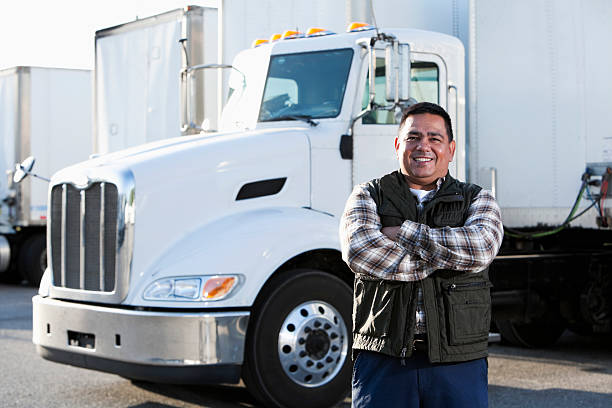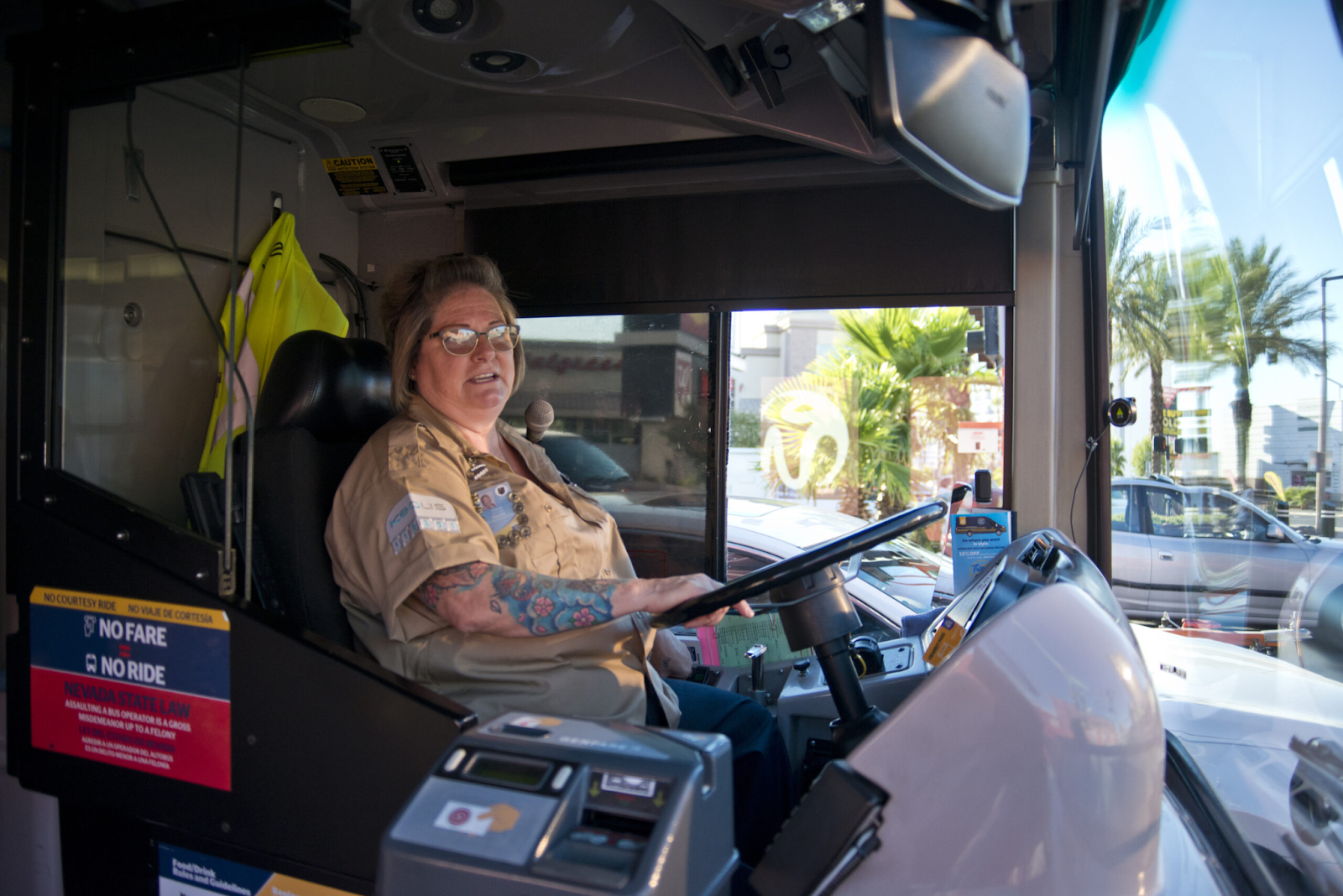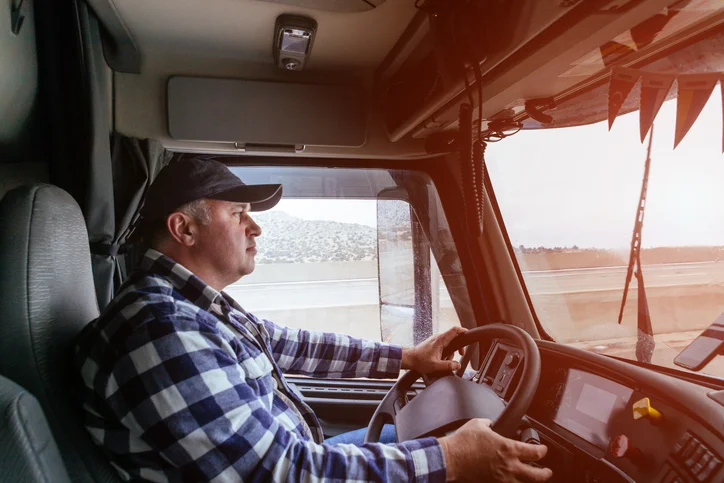Types of Commercial Driving Licenses in Nevada

Are you looking into earning an income in the Silver State as a commercial driver? If so, it’s important to know what kinds of commercial driving licenses (CDLs) are offered in Nevada. Nevada’s CDL system provides coverage for operating a large vehicle, carrying passengers, and transporting hazardous commodities. To help you choose the best route for your commercial driving career, we will explain the various CDL classes and what they entail in this post.
Class A CDL

Let’s start with the big leagues – Class A CDL. This license allows you to operate combination vehicles with a gross vehicle weight rating (GVWR) exceeding 26,000 pounds, provided that the towed vehicle(s) weigh over 10,000 pounds. Essentially, if you’re dreaming of driving tractor-trailers, semi-trucks, or tanker trucks, this is the license you’ll need.
Class B CDL:

If you’re more interested in straight trucks, buses, or box trucks, a Class B CDL might be the way to go. With this license, you can operate single vehicles with a GVWR exceeding 26,000 pounds, as well as tow trailers weighing less than 10,000 pounds. Class B CDL holders can also drive vehicles designed to transport 24 passengers or fewer.
Class C CDL:

Now, if you’re not planning on driving the behemoths of the road but still want to engage in commercial driving, a Class C CDL might suit your needs. This license covers vehicles that don’t fit into the Class A or Class B categories but are designed to transport hazardous materials or carry more than 15 passengers.
Endorsements:
In addition to the basic CDL classes, you may need endorsements depending on the type of cargo or passengers you’ll be transporting. Here are some common endorsements you might pursue:
Hazardous Materials (H): If you’ll be transporting hazardous materials, you’ll need to obtain an “H” endorsement. This requires passing a knowledge test and a Transportation Security Administration (TSA) background check.
Passenger (P): Planning to shuttle passengers? You’ll need a “P” endorsement, which qualifies you to drive vehicles designed for more than 15 passengers.
Tanker (N): Transporting liquids or gases in bulk? You’ll need an “N” endorsement to operate tanker vehicles.
School Bus (S): Interested in becoming a school bus driver? You’ll need an “S” endorsement, along with additional requirements such as background checks and specialized training.
Licensing Process:
Obtaining a CDL in Nevada involves several steps. First, you’ll need to obtain a commercial learner’s permit (CLP) by passing a written knowledge test. After practicing with your CLP, you can schedule a skills test to obtain your full CDL. Remember, for certain endorsements like hazardous materials, additional tests and background checks may be required.
Renewal and Maintenance:
Once you’ve earned your CDL, it’s important to stay up-to-date with renewals and endorsements. CDLs in Nevada are typically valid for four or eight years, depending on your age and citizenship status. Additionally, some endorsements may require periodic retesting or refresher courses to maintain.
Getting a commercial driver’s license is crucial for safety and showing professionalism in your job. It’s not just about following the law; it’s about being safe on the road and being good at what you do.





